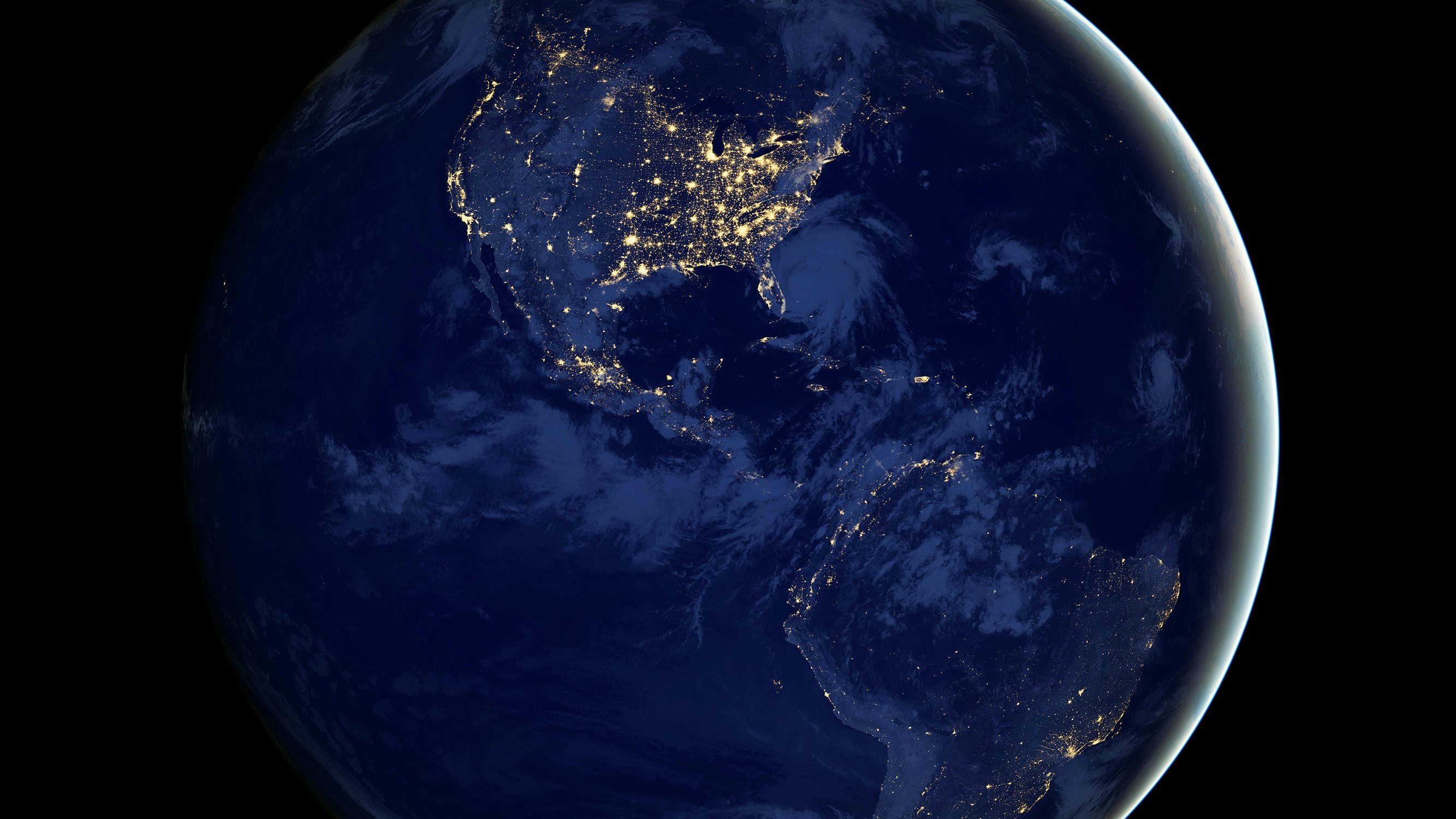The Light of Earthly Collisions

The unfathomable vastness of the universe, the extreme nature of its denizens, and its myriad mysteries have always appealed to me.
When I was 12 years old, my parents gave me a pair of binoculars to celebrate the appearance of Halley’s Comet. Instead, I trained my binoculars on apparently empty patches of the night sky and was struck by the staggering number of stars that became visible even with a crude instrument. I was hooked by these distant points of light.
These days, I use many of the world’s most powerful telescopes, including the Hubble Space Telescope, to study cataclysmic cosmic explosions and their aftermath. These events—the death throes of massive stars and the high-speed collisions of neutron stars and black holes—unfold at vast distances from Earth, measured in billions of light years. In fact, the most distant explosion I have studied thus far occurred 13.1 billion years ago, when the universe was only 4 percent of its current age, and 8.5 billion years before the solar system formed. The burst of light from the impact was captured by our telescopes after traversing nearly the entire history of the universe. I have gotten so used to thinking and speaking in “astronomical” scales that oftentimes billions of light years or billions of years make as much sense to me as the miles and minutes it takes to drive to the grocery store.
Reading by Isaac Heller ’23
Recently, with support from my Radcliffe fellowship, I have been studying the collisions of neutron stars, dense objects that pack the mass of the Sun into a sphere the size of Boston. When such objects collide in space at about one-third the speed of light, they generate gravitational waves, ripples in the fabric of space-time itself. The explosions also release copious debris, which is highly enriched with platinum, uranium, and gold, my team has shown. How much gold, you ask? About 10 times the mass of Earth in each collision! A similar event in our own Milky Way galaxy billions of years ago littered the gas cloud from which our solar system formed with such debris, and eventually, some of the gold settled into Earth’s crust, where it has been dug up, fought over, and entwined with human history for millennia. You might be wearing a piece of it right now.
And this brings me to what I have learned in this most unusual year. For the past two decades, I have valued astronomy for its emphasis on the largest scales of space and time. I recognized, intellectually, that our existence is intimately entangled with the universe (after all, the very atoms in our bodies were forged inside the stars whose explosions I study), but I appreciated the emotional separation from everyday human experience. No longer. As the pandemic forced all of us into a new life of isolation, and as social injustice and racism in the United States have been laid bare for all to see, I have been forced to turn inward rather than upward—to reflect on how the vastness of the cosmos, for all its grandeur and beauty, cannot help us find a solution to our earthly woes. I am not abandoning my love for the universe, but I find that it needs to be supplemented. Luckily, I have an incredible wife, whose work on cancer drug development connects her intimately with painful and uplifting human struggles, and two rambunctious little boys who help ground my life here on Earth. Maybe next year we will also get goats.
This essay appeared in the Fall 2020 issue of Radcliffe Magazine.
Edo Berger was the 2019–2020 Mildred Londa Weisman Fellow at Radcliffe, where he currently serves as a science advisor. He is a professor of astronomy in the Harvard Faculty of Arts and Sciences. His recent research has explored how gold and other rare elements are created in the universe.







